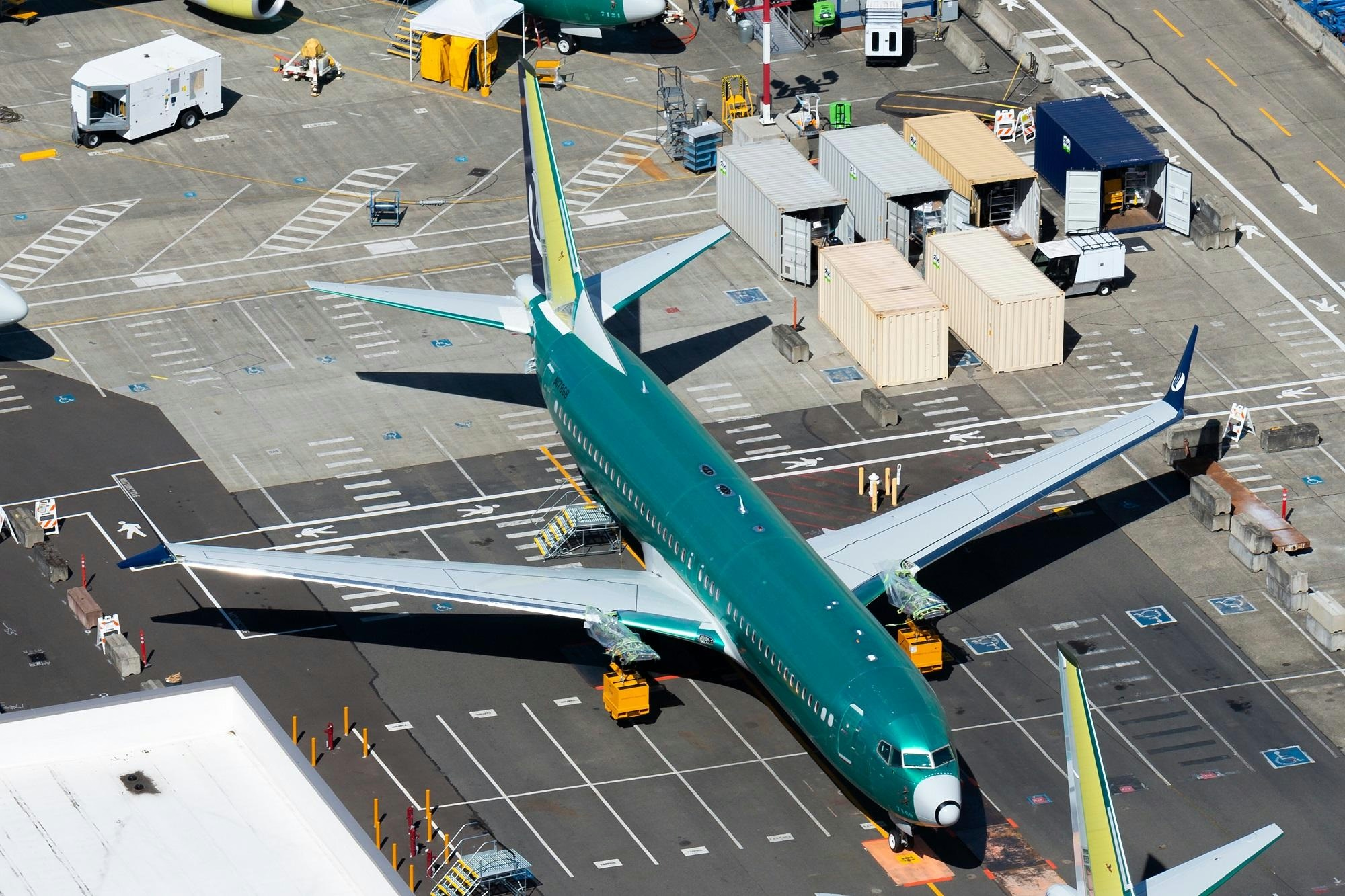
E-mail mais inteligente, negócios mais rápidos. Marque, analise e responda automaticamente a RFQs, cotações, pedidos e muito mais — instantaneamente.
Tendências
Categories
pi Ventures Supports Green Aero in Developing India’s First Hydrogen Aircraft Engines
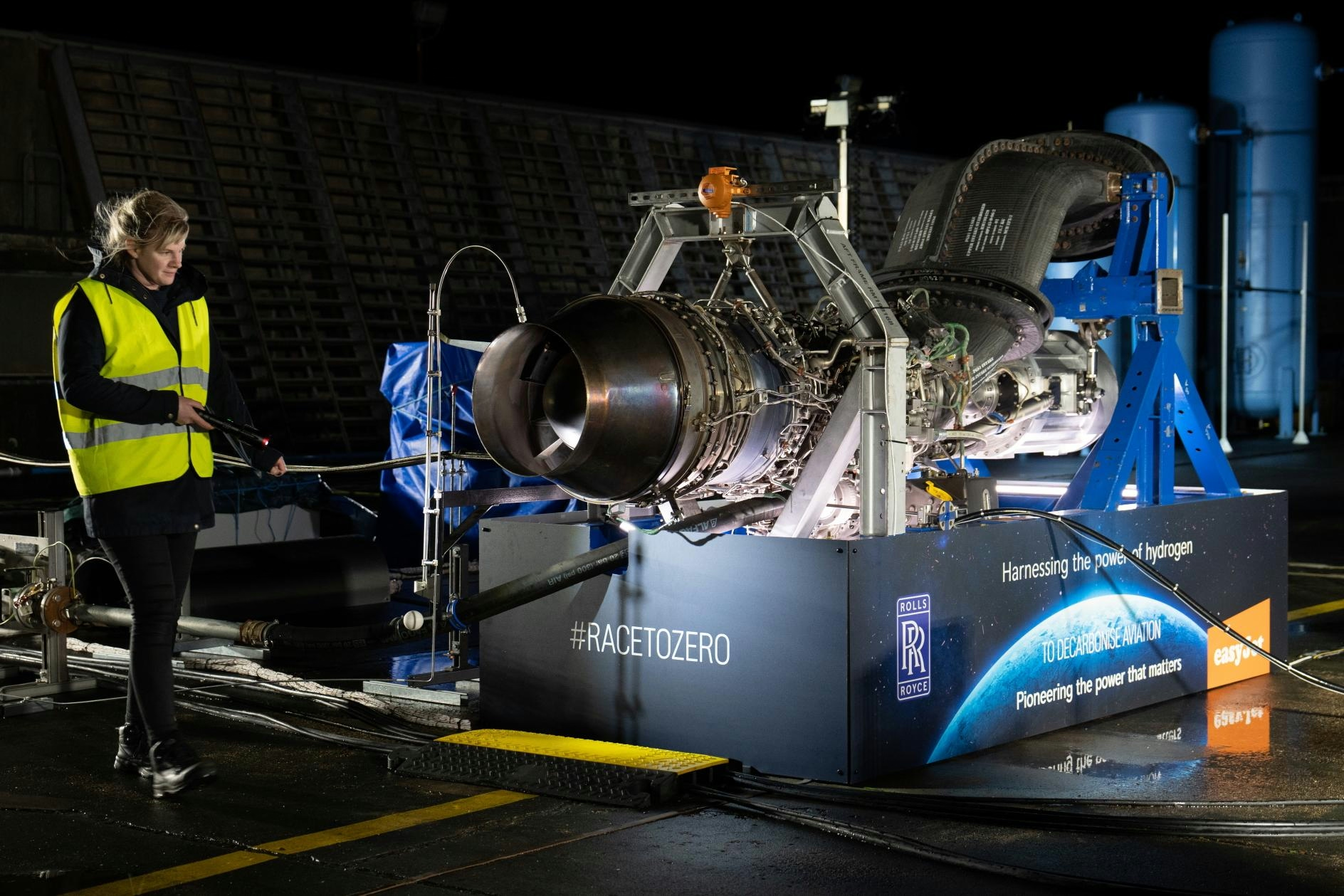
pi Ventures Backs Green Aero in Developing India’s First Hydrogen Aircraft Engines
pi Ventures has announced its support for Green Aero, an innovative Indian startup dedicated to creating the country’s first hydrogen-powered aircraft engines. This collaboration represents a pivotal advancement in India’s pursuit of sustainable aviation, aligning with the global aerospace sector’s intensified efforts to reduce carbon emissions and adopt cleaner propulsion technologies.
Advancing Hydrogen Propulsion Amidst Challenges
Hydrogen propulsion is increasingly recognized as a viable pathway to decarbonize aviation, yet it presents significant technical and financial challenges. Developing hydrogen aircraft engines requires overcoming high costs, complex engineering demands, and the establishment of specialized infrastructure alongside stringent safety protocols. Despite these hurdles, the market response to hydrogen-powered aviation has been largely optimistic, driven by a growing global appetite for environmentally sustainable solutions.
Green Aero’s venture enters a competitive arena dominated by established industry leaders such as Airbus and Safran Aircraft Engines, both of which are heavily investing in hydrogen propulsion research and development. Analysts anticipate that these incumbents may accelerate their project timelines and increase research budgets as they vie for dominance in the emerging green aviation market.
Navigating Industry and Policy Barriers
Beyond technological and financial obstacles, Green Aero and pi Ventures confront broader systemic challenges. The transition to sustainable aviation is impeded by insufficient policy support and limited market competition, factors underscored in recent analyses by CleanTechnica. These constraints risk slowing the adoption of hydrogen-powered aircraft both within India and internationally, complicating efforts by new entrants to establish a foothold.
Nonetheless, pi Ventures’ endorsement of Green Aero signals a rising investor confidence in India’s potential to contribute meaningfully to the global shift toward cleaner aviation. The ultimate success of such initiatives will hinge not only on technological innovation but also on the development of robust policy frameworks and a competitive market landscape conducive to sustainable growth.
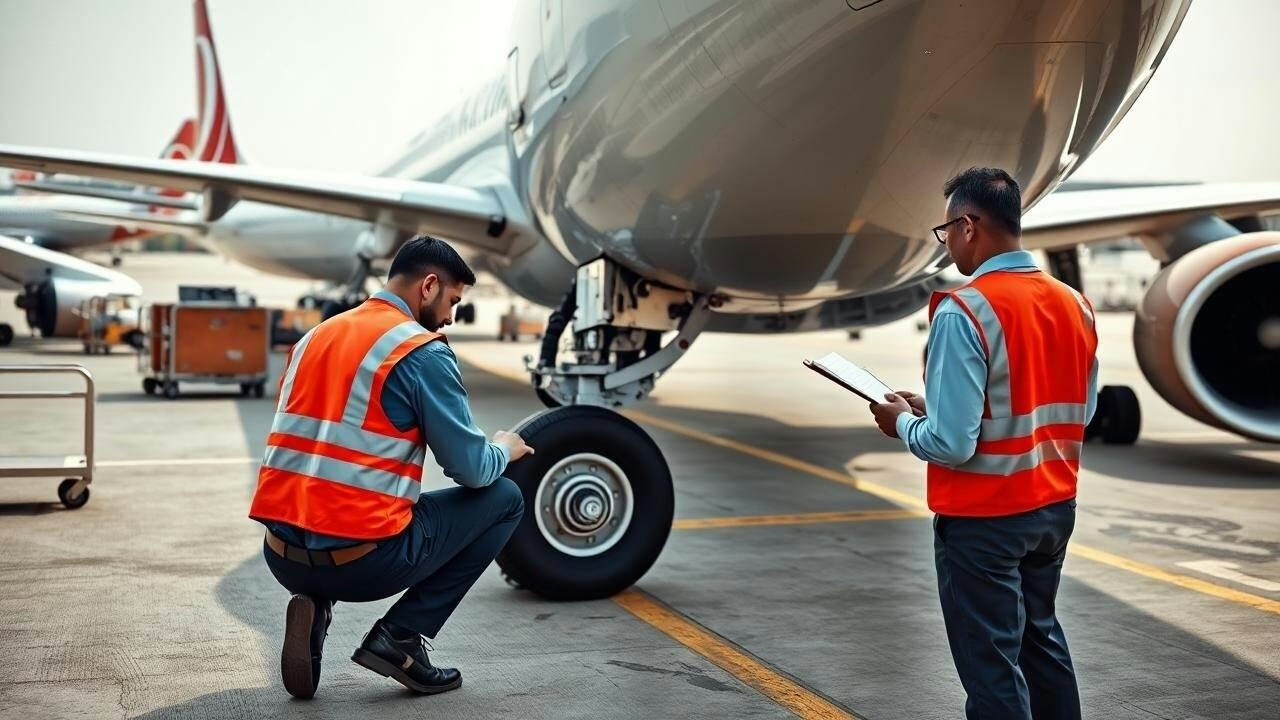
India and Turkey Strengthen Civil Aviation Ties with New Aircraft Leasing Agreements
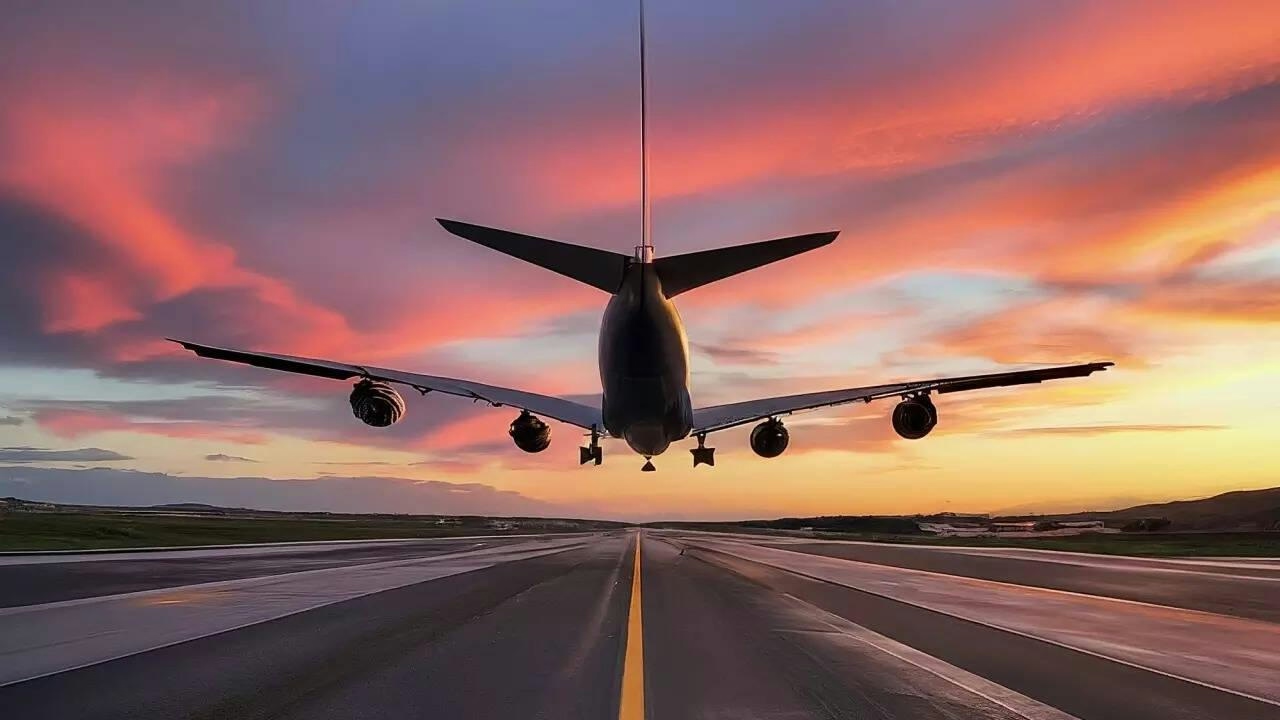
India Restores Aviation Links with Turkey, Extends Leasing Deal Amid Pakistan Airspace Ban
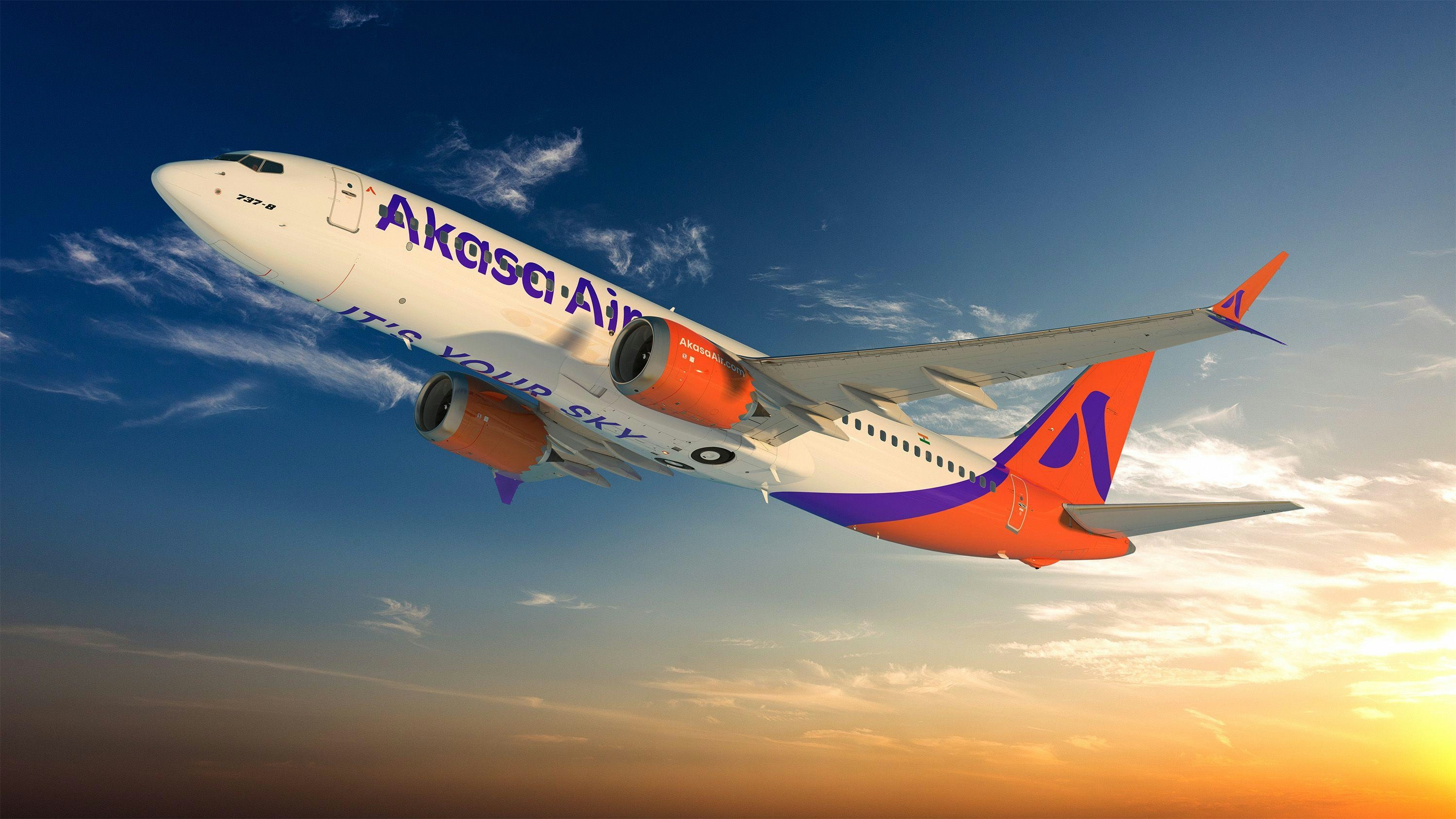
Akasa Air Plans to Expand Fleet to 40 Aircraft by FY26 Amid Boeing Supply Chain Improvements
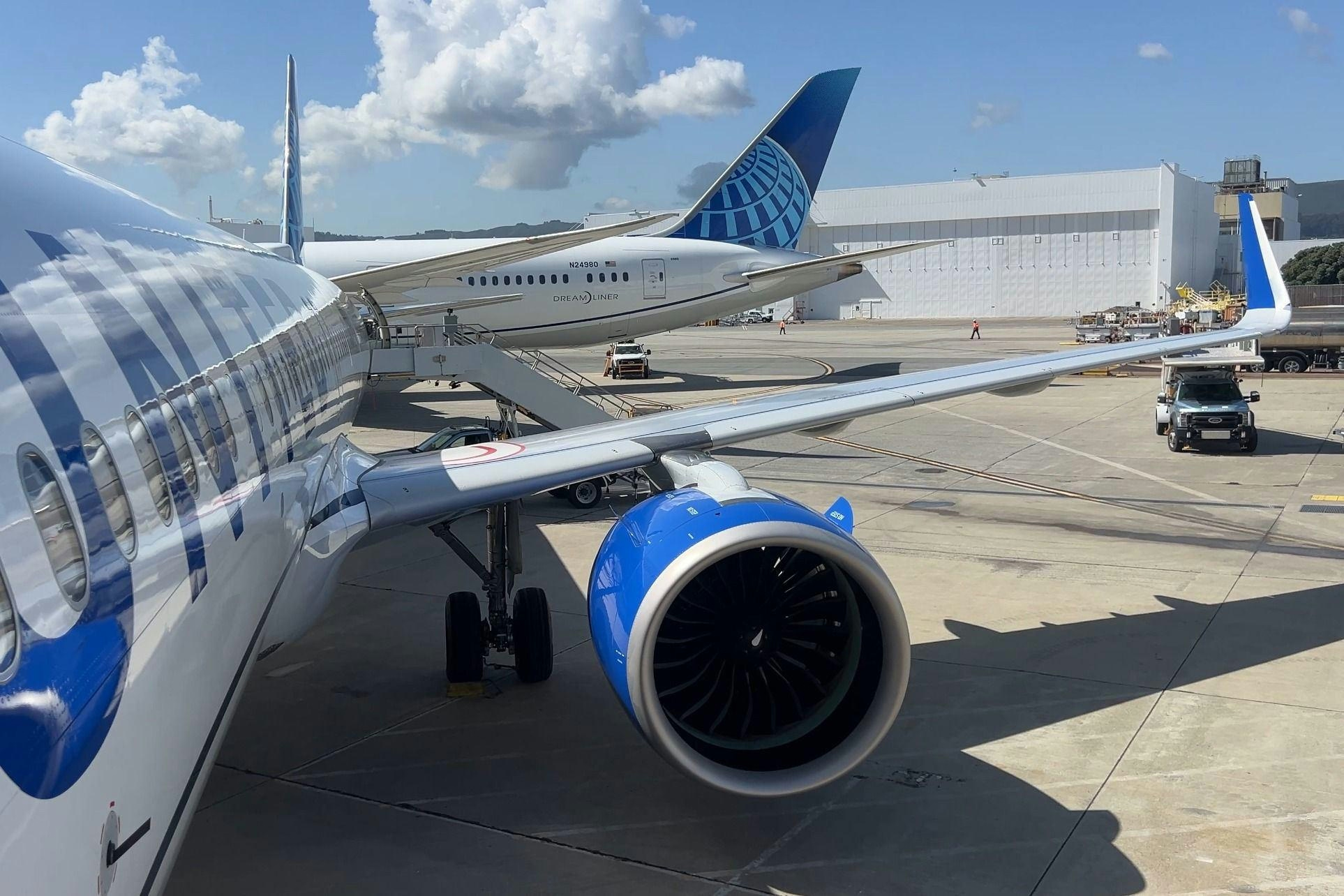
Which Narrowbody Aircraft Is United Airlines the Largest and Only U.S. Operator Of?
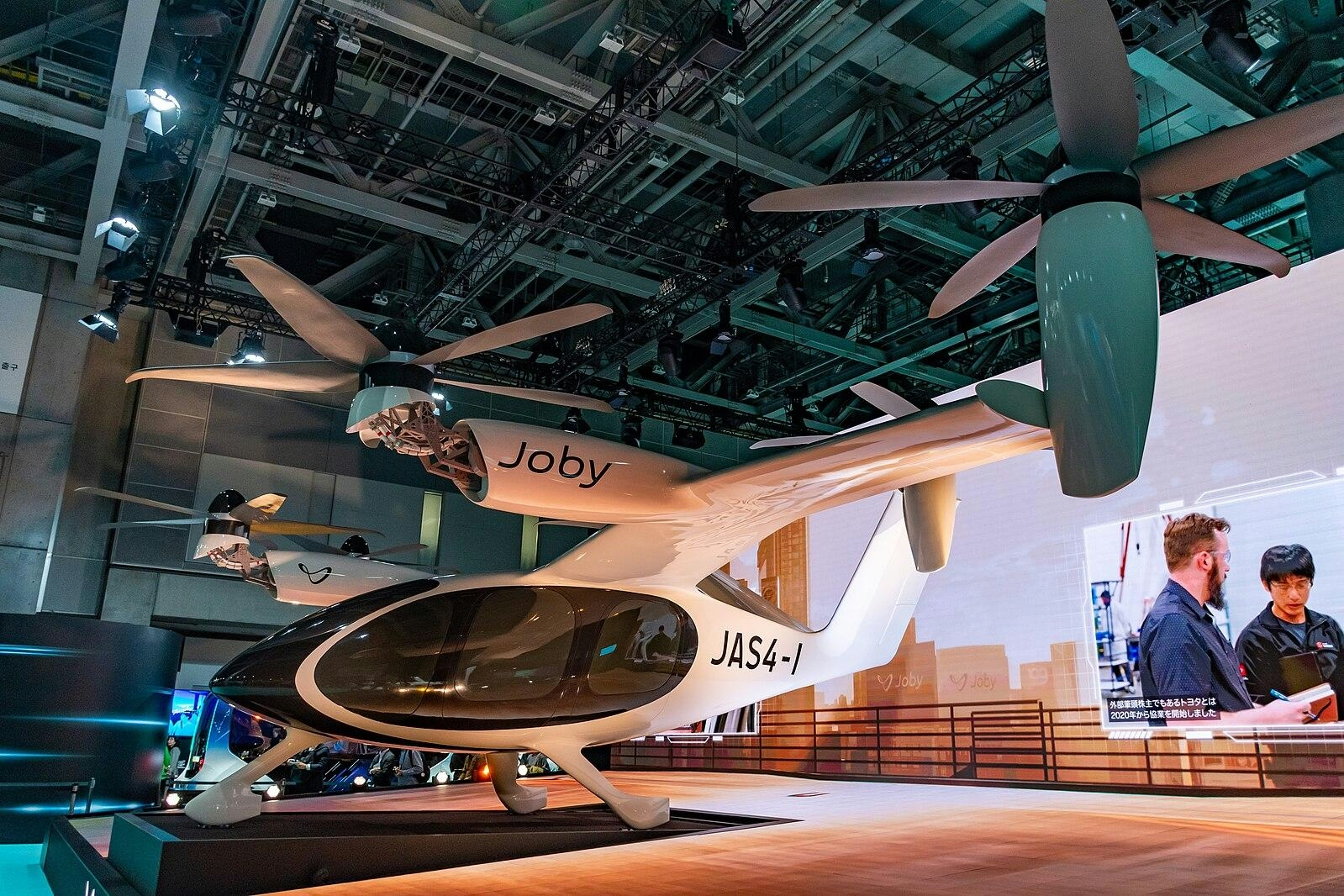
Joby Aviation Shares Fall 0.84% Amid Regulatory Delays and Partnership Changes
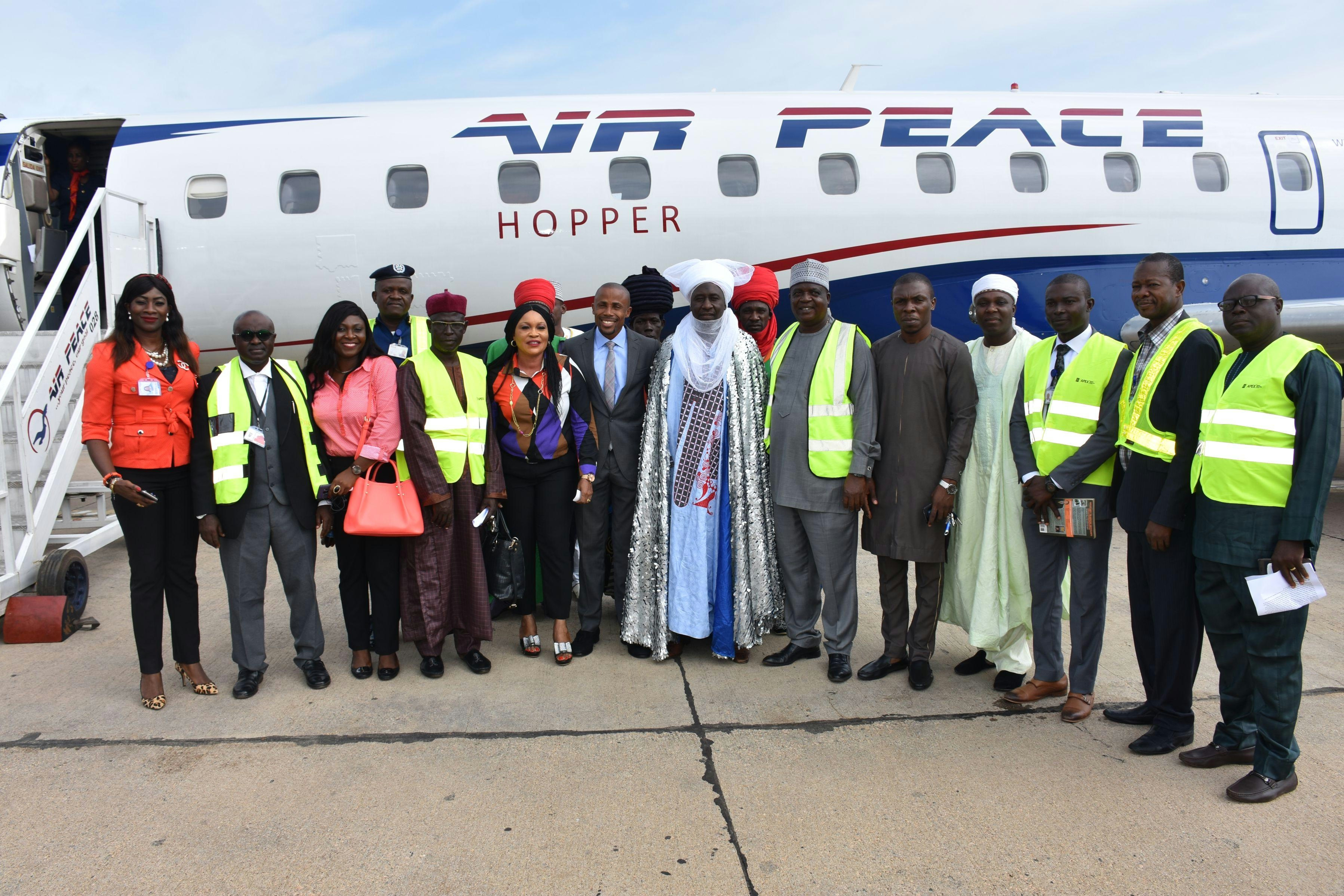
Air Peace Expands Lagos Hub to Enhance West Africa Travel
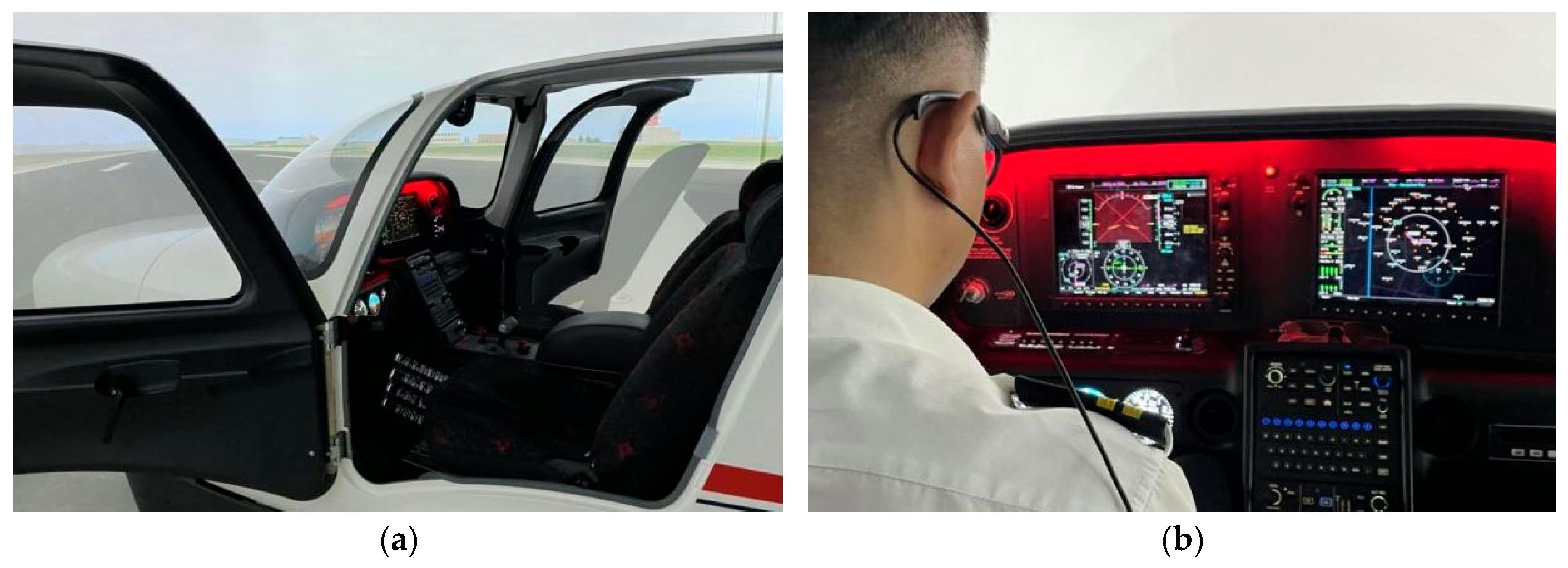
APC Introduces Project ORCA AI Tools for Pilot Training

Autonomy Proving Ground Conducts First Alternative Navigation Flight
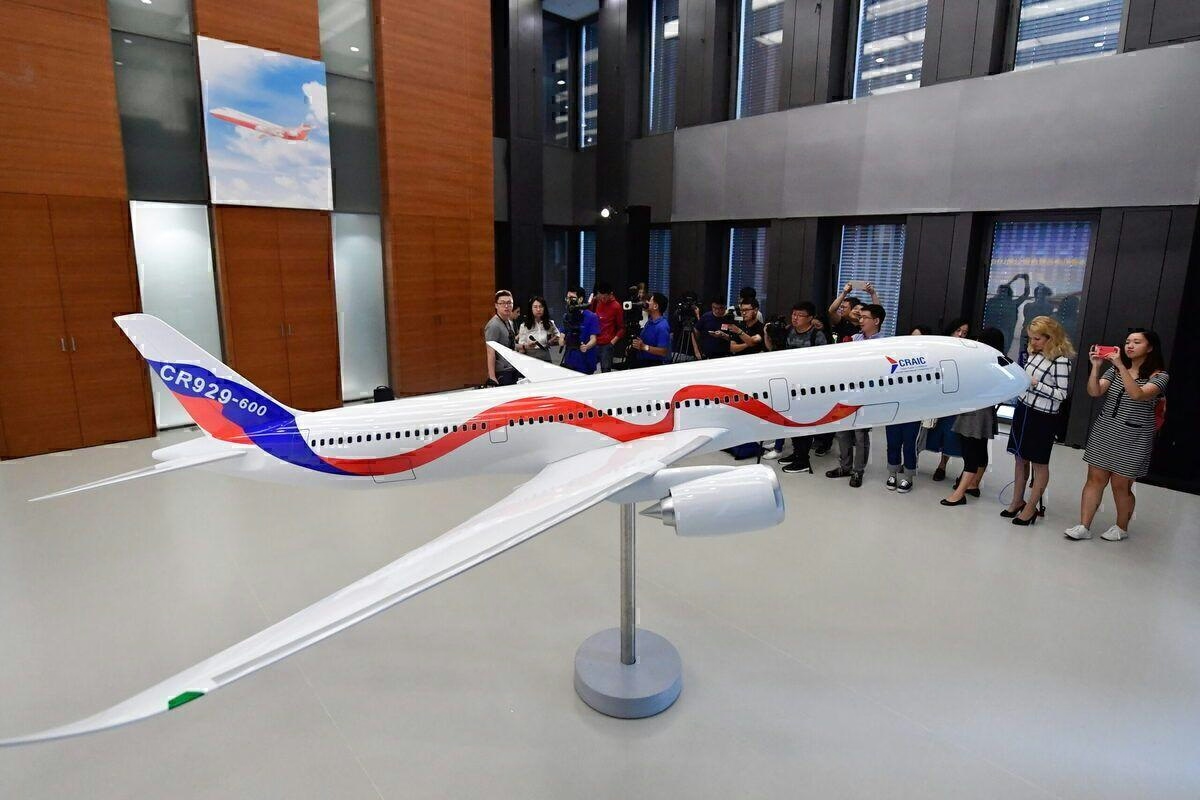
Can Russia’s new widebody aircraft rival Boeing’s Dreamliner?
